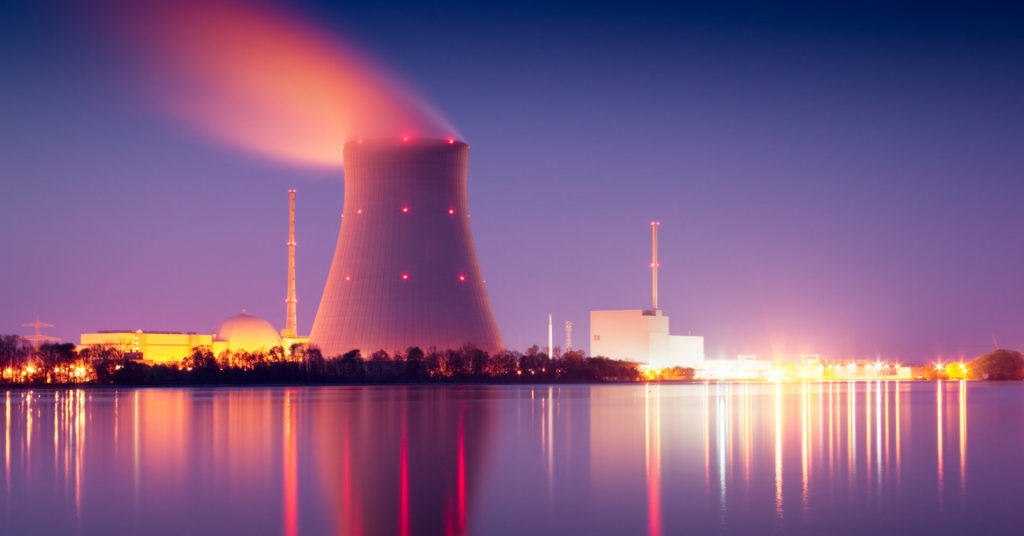
Over the past two decades, climate change has gone from being a relatively niche cause for scientific concern to being widely acknowledged as an existential threat to life on earth. Many people worldwide are already living with the effects of climate change, and the question is no longer whether anthropogenic climate change will happen, but how much can be done to stave off its worst impacts.
In the arena of politics, these debates revolve around big policy questions and differing visions regarding the best way to curb emissions. But in the world of business, these issues often become a lot more granular and practical: how can companies find more efficient ways to produce the goods and products that the public wants?
These conversations generally get less airplay than the big political debates over proposed legislation like the Green New Deal, but most experts acknowledge that everyday advancements in green technology are going to be essential if emissions are to be curbed and global temperature increases kept below two degrees Celsius. And many of these advancements involve specific technologies that are being developed to find more efficient ways of handling industrial processes.

Given that most energy in countries like Canada and the United States still comes from coal plants and liquid natural gas, even if factories are not burning fossil fuels themselves, they are still relying on energy grids underwritten by unsustainable fossil fuel emissions.
While this is slowly changing, and more states and provinces are switching to renewables like wind, solar, and tidal energy, in the short to medium term, the only way to reduce emissions is going to be by increasing efficiency.
For example, just about every industrial application from refining sugar to creating polymers and metals relies on heating, cooling, and drying processes that require huge energy inputs. While most plants still rely on fossil fuels to meet their energy needs, technological innovation has gone a long way toward improving the efficiency of these processes, which is having a positive impact on overall energy use.
One of the most noteworthy examples of this kind of innovation is in the world of heat exchanger technology. Heat exchangers are often used in industrial heating and cooling, and historically have required significant energy inputs to function. Because these functions are essential for most safe and effective industrial processes, heating and cooling has accounted for significant amounts of energy loss.

This is why innovations in this field are so significant; if you learn about the latest heat exchanger technology you will find that the latest developments have reduced energy use by as much as ninety percent, while also reducing contamination and caking. When you factor in how common these industrial processes are, these improvements represent vast energy savings worldwide.
These kinds of breakthroughs often don’t make the news, and because they involve complex technologies and applications that the public doesn’t often think about, they can seem like minor developments.
But it is precisely these kinds of energy capture technologies that will play a vital role in reducing our reliance on fossil fuels, and ushering in a greener, more sustainable future.














